Whether you’re a backyard barbecuer or a dedicated pitmaster, understanding ‘how much does brisket cost?’ can help you plan your meals more effectively and even uncover new ways to get the best value from this beloved barbecue staple.
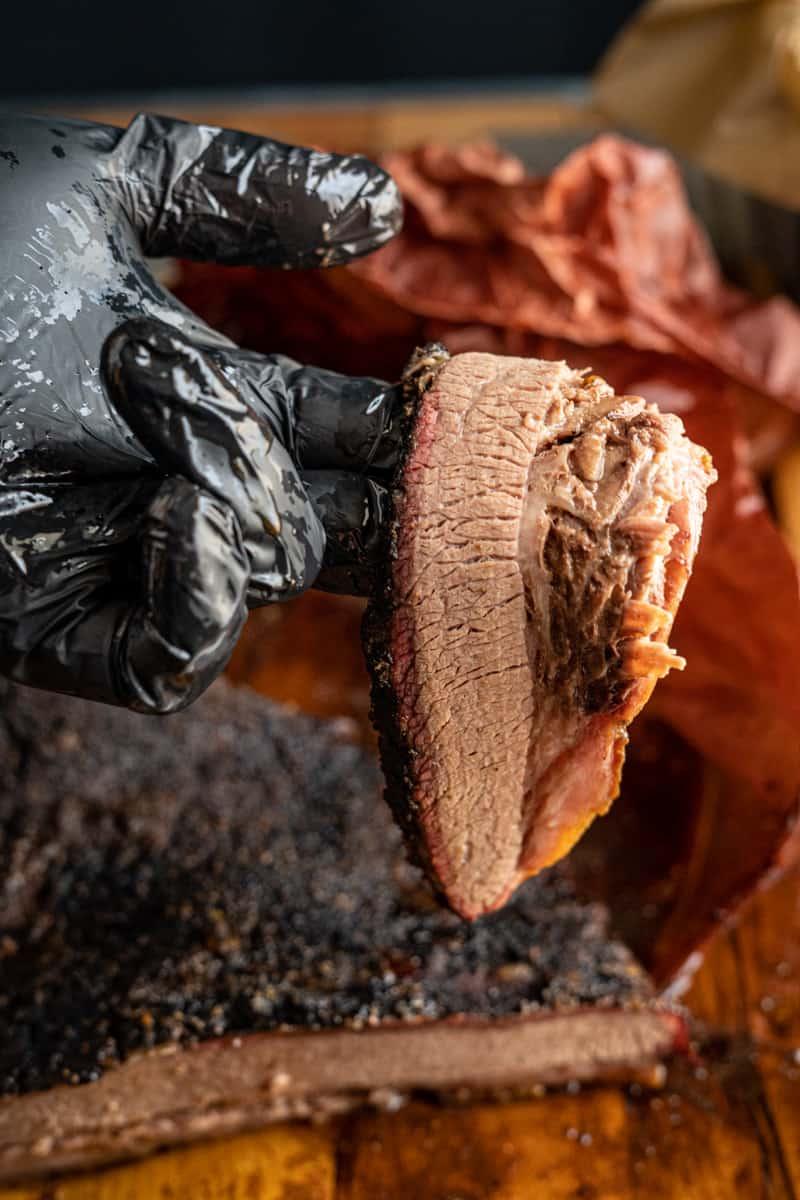
However, the cost of a brisket can vary significantly based on numerous factors. In this article, we aim to demystify the brisket pricing landscape. Exploring everything from the influence of beef grades and cuts to seasonal demand and sourcing options all with real-life numbers.
Jump to:
- Factors Influencing Brisket Prices
- Cuts of Brisket and What to Expect
- Cost Per Person for a Whole Packer Brisket
- Current Prices and Forecast
- Wholesale Store Savings: Costco and Sam’s Club
- Freezing for Later
- Cooking Brisket at Home
- Making the Most of Your Brisket
- Brisket Prices in the BBQ World
- Is Brisket Worth the Cost?
- 💬 Comments
Factors Influencing Brisket Prices
Brisket prices fluctuate based on several primary factors. The type of cut, the grade of the beef, the time of year, the location, and even the current supply chain conditions can all affect how much brisket will cost at any given time. The most important thing to remember is that higher quality often comes with higher costs.
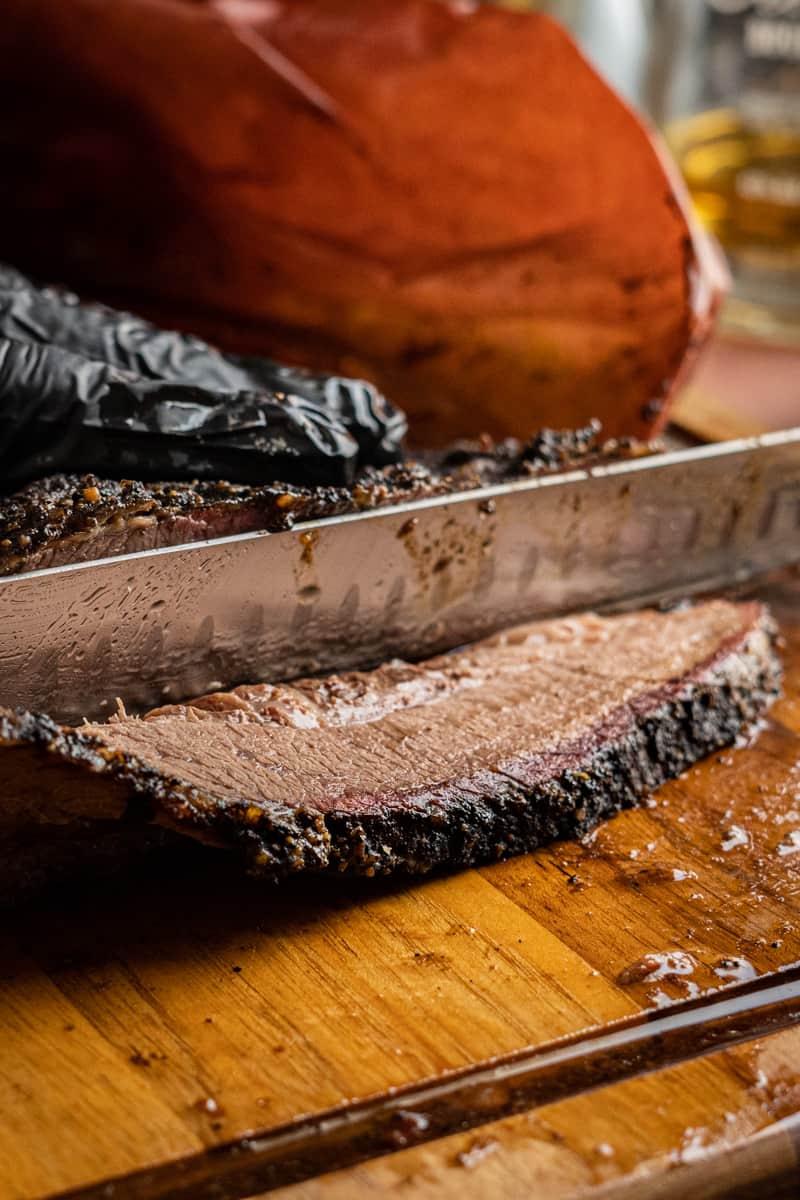
A major reason for the high prices of brisket, especially good brisket, is the high demand. As barbecue joints and home cooks alike chase the perfect smoky, tender brisket, the demand for this cut of beef has increased in recent years. This has led to a price increase, particularly for higher grades of beef like USDA Prime brisket.
We’ve found Prime brisket specifically gives us more wiggle room when we run into potential cooking hurdles. Your smoker getting too hot, too cold, it’s windy, or you randomly run out of pellets (don’t ask). The extra fat that naturally exists in Prime versus Choice gives you a buffer.
Cuts of Brisket and What to Expect
A whole brisket comprises the point cut, which has more fat (the fat cap) and connective tissue, and the leaner flat cut brisket. Both cuts have merit, and the best cut for you depends on personal preference and cooking style. However, if you are planning on smoking your own brisket, we recommend a whole packer for sure.
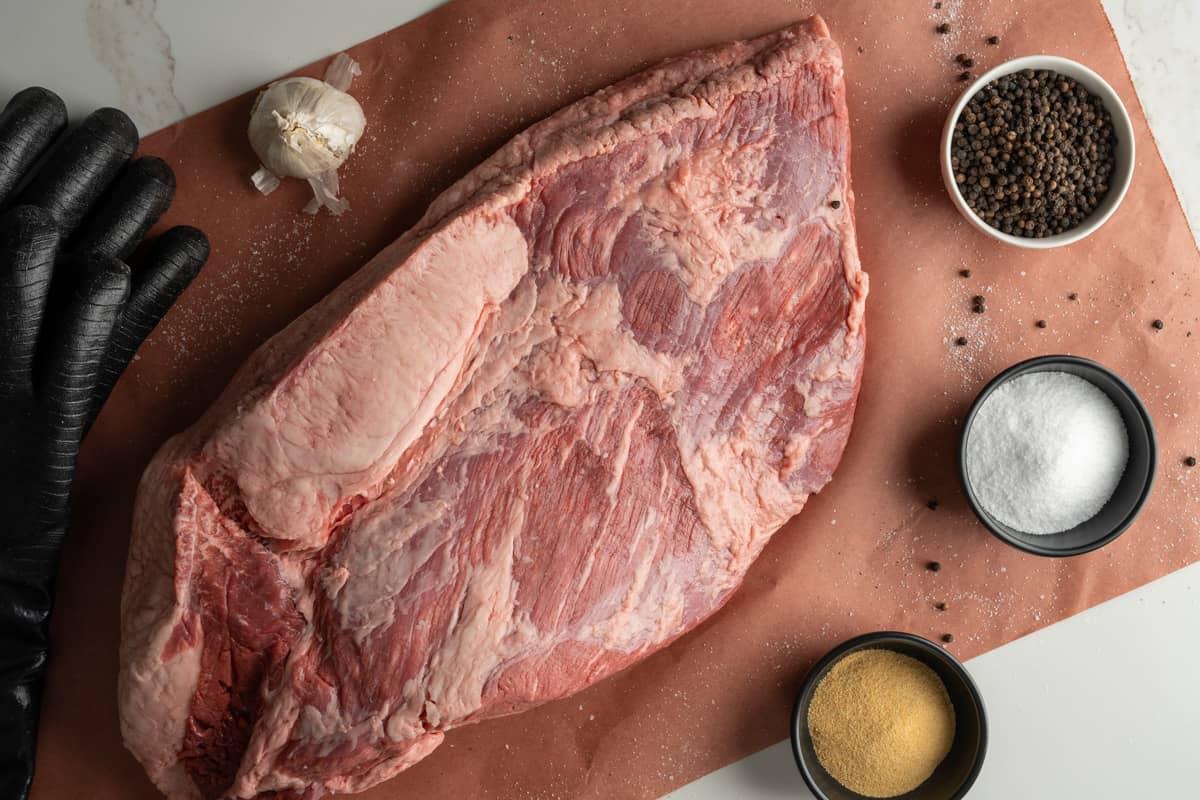
A raw brisket’s average price can range from $3 to $6 per lb for a Select grade brisket, the lowest grade, in a local grocery store. USDA Choice briskets and USDA Prime briskets are closer to $5 to $10 per lb, and are known for their higher quality and amount of marbling (fat).
Cost Per Person for a Whole Packer Brisket
Let’s use a real-life example with real prices. The picture below is a Prime Brisket, in 2022, from a Costco in coastal North Carolina. Notice the price is only $4.29 per pound which is an unbelievable buy. We bought two, one to use that weekend and one for the freezer.
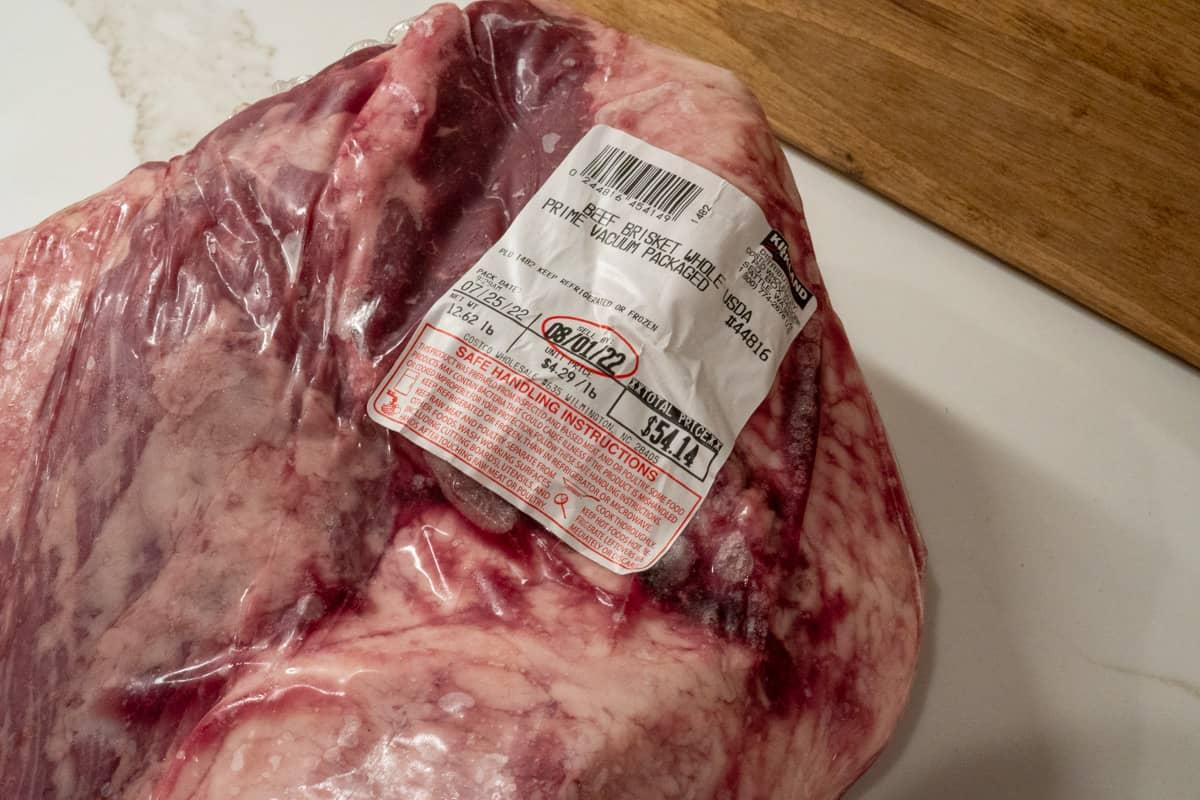
Generally, it’s estimated that each person will eat about ½ pound of cooked brisket. However, it’s important to remember that a significant amount of that initial weight will be lost during the cooking process due to fat rendering and moisture loss.
On average, you can expect about a 50% yield from raw to cooked brisket. This means that a 13 lb brisket will yield approximately 6.5 lbs of cooked meat, enough to feed about 13 people.
With a cost of $4.29 per pound, this 13 lb whole packer brisket initially cost about $55.77. When factoring in the yield after cooking, the cost would effectively be $8.58 per person. Total pounds divided by 2 (50%) for loss = Total servable pounds X 2 (½lb per person). Basically, however many pounds pre-cooked, is how many people you can serve.
This price doesn’t include the cost of any additional ingredients used in the preparation, pellets for cooking, or sides. Compare that number to the cost per person at a barbecue restaurant or catering service, and you’ve got a cost-effective way to serve a delicious, hearty meal to a large group.
Current Prices and Forecast
As mentioned before, the current average price of brisket in most parts of the United States ranges from $3 to $6 per pound for select-grade brisket. Meanwhile, the per-pound price of higher quality brisket, such as USDA Prime or Wagyu beef is usually much higher.
However, you can see that I got my Costco Prime brisket for under $5 per lb. That’s why it’s important to shop around. I could have easily spent double. A direct sales butcher like Double R Ranch sells theirs for $139 for a 13lbs brisket or around $10.70 per pound.
In recent years, brisket prices have experienced a steady climb due to factors like high demand and supply chain disruptions. It’s hard to predict exactly how prices will fluctuate in the future, but if the recent trends are anything to go by, we may continue to see brisket prices rise.
Wholesale Store Savings: Costco and Sam’s Club
An often overlooked but potentially significant source of cost savings when shopping for brisket is wholesale stores like Costco or Sam’s Club. These membership-based retailers can offer great value due to their business model of bulk purchasing and high-volume sales.

Costco, for instance, often carries USDA Prime briskets for less than $5 per pound, a significantly lower cost per pound than many traditional grocery stores will sell USDA Choice. The downside is you can’t count on them always having them in stock.
Similarly, Sam’s Club offers a variety of brisket sizes, including full-packer briskets. It’s important to note, however, that availability can vary greatly depending on the location and time of year. Still, for those who frequently cook large cuts of meat, the annual membership fee can quickly pay for itself in savings on items like brisket.
Freezing for Later
Another way to manage the cost of brisket is to take advantage of sales or stock availability. The prices of beef can fluctuate based on a variety of factors, including seasonality, demand, and market conditions. If you spot a great deal on brisket, it can be worth it to purchase the brisket and freeze it for later use. Whenever we find USDA Prime brisket on sale at Costco, we buy a few and throw them in the freezer.
Since freezing brisket does not significantly alter the quality or taste, it’s a practical option for anyone looking to make the most of a good deal. When properly vacuum-sealed and stored at the right temperature, a frozen brisket can maintain its quality for several months. The picture below was a frozen brisket and it worked beautifully.
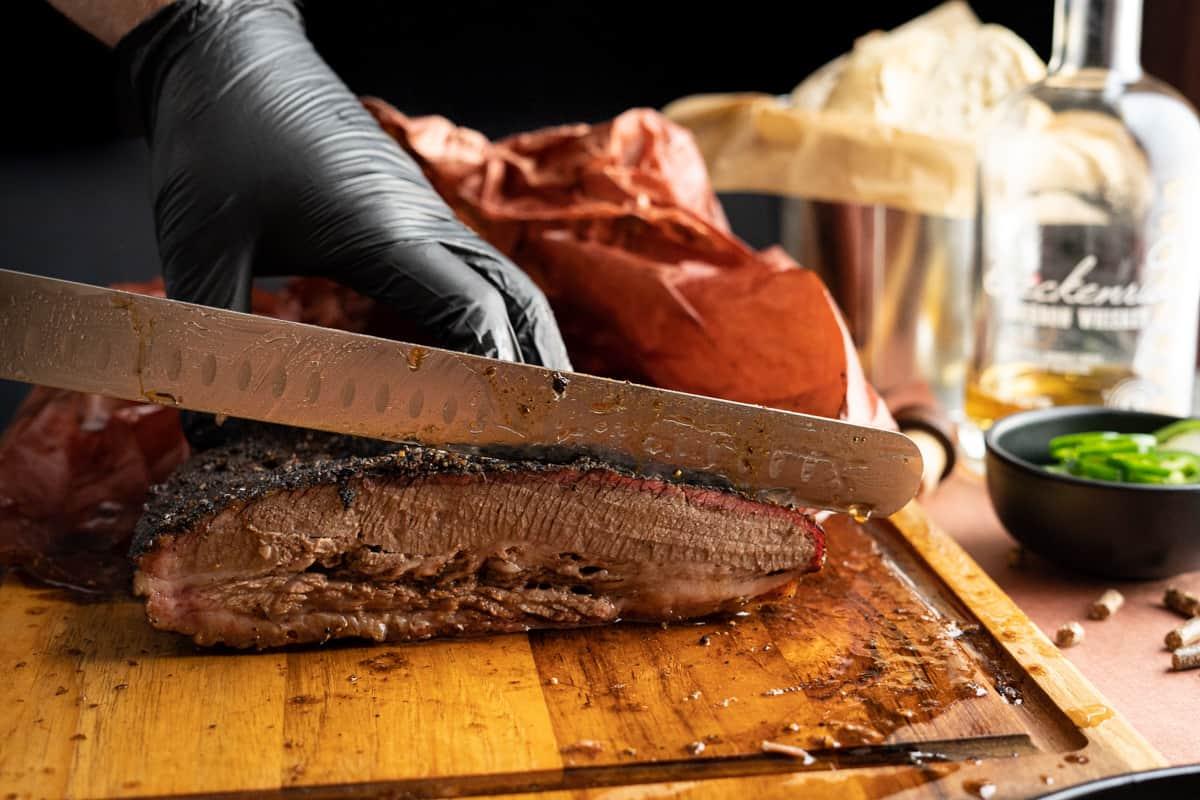
This strategy requires some planning, but it can result in considerable savings over time. However, remember to factor in thawing time — a large cut like a whole-packer brisket can take up to a couple of days to thaw in the refrigerator before it’s ready to be cooked.
Cooking Brisket at Home
If you’re looking to cook brisket at home, the cost can vary widely based on the amount of brisket you need, the quality of the meat, and even the type of wood or charcoal you use for smoking. We prefer our pellet smoker as it’s easy to get started, maintain, and clean.
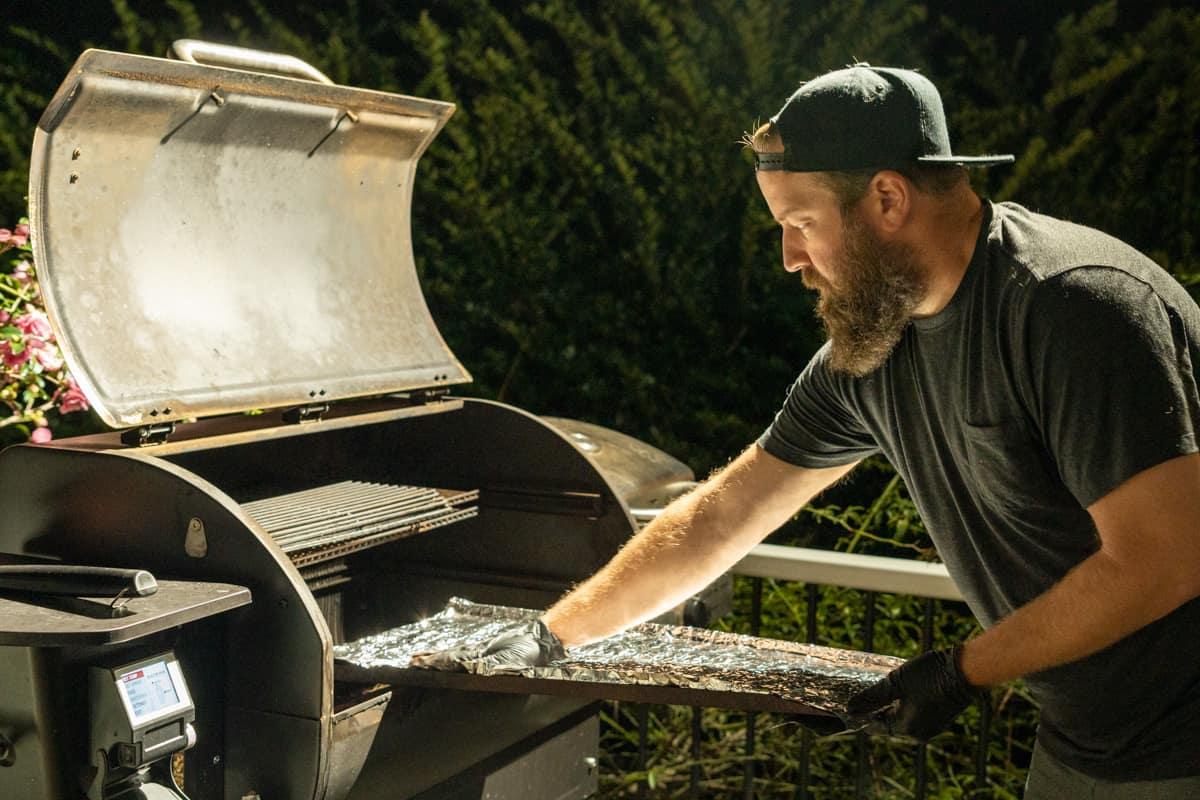
Though brisket might initially seem like a more budget-friendly option compared to certain steak cuts, it’s important to remember that a whole-packer brisket can tip the scales anywhere from 8 to 20 pounds.
Given that you’ll need approximately 1 pound of uncooked brisket for each guest (factoring in a 50% loss during cooking, yielding half a pound per person), even a modestly-sized gathering could require a substantial quantity of meat. Therefore, the original cost, which may seem low per pound, can quickly accumulate, pushing up the overall expenditure.

However, when done right, cooking brisket at home can be a rewarding experience, and the end result can rival even the best brisket from a BBQ restaurant.
Making the Most of Your Brisket
Once you’ve invested in a good brisket, it’s important to make the most of it. With the right preparation and a lot of time, even a lower-cost brisket can be transformed into a tender, flavorful masterpiece.
Remember to account for cook time when planning your meal. Brisket is a tough cut of meat that requires a long, slow cook to break down the connective tissues. Rushing this process can result in a tough, chewy brisket, so be sure to give yourself plenty of time to let it cook.
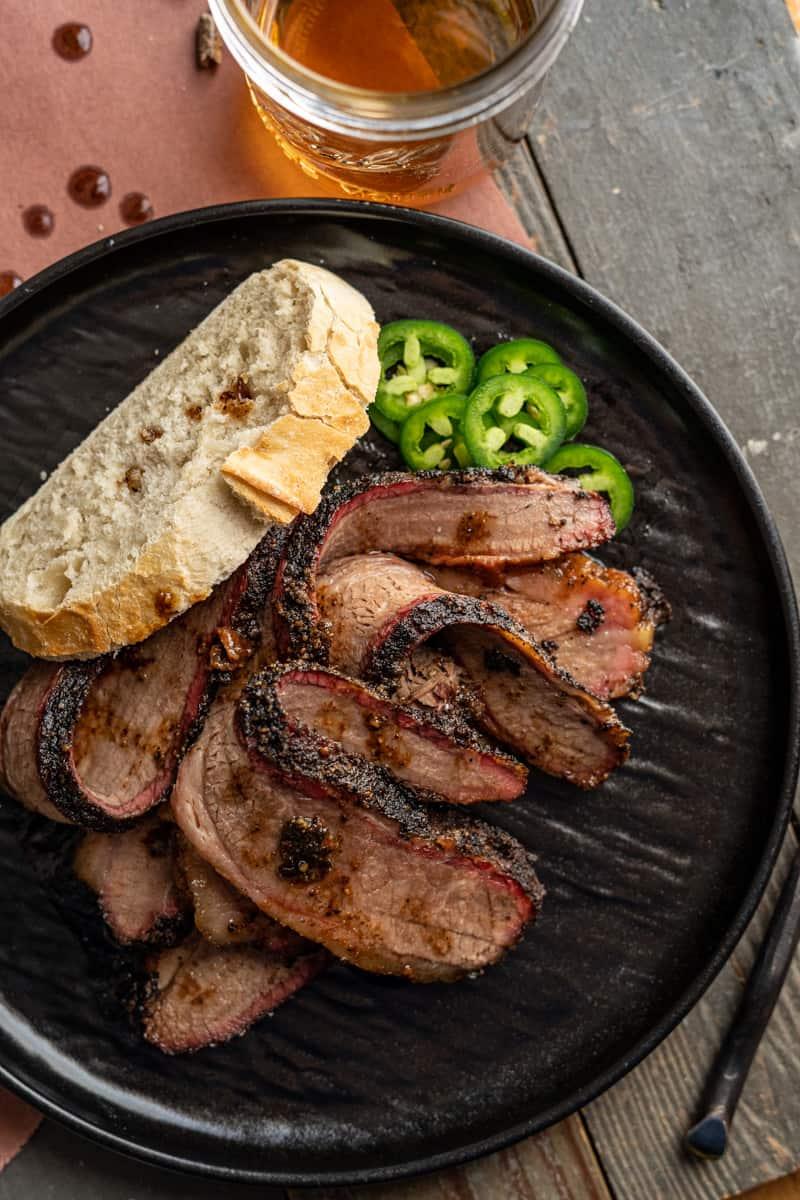
In the end, the cost of brisket is just one factor to consider. The true value comes from the enjoyment it brings to your table, whether it’s a family dinner, a neighborhood barbecue, or just a quiet night in. And in that respect, brisket is worth every penny.
So, next time you’re at your local grocery stores, butcher shop, or browsing an online site, remember the journey your brisket will take from the dinner table to your taste buds. It’s a journey that’s not just about the price, but about the experience, the cooking process, and the joy of sharing good food with good company.
Brisket Prices in the BBQ World
In the world of barbecue, the cost of brisket is a significant part of the food cost. From the cost of the raw brisket to the cost of the wood for smoking, the BBQ sauce, and even the insulated box to keep it warm, every part of the process contributes to the total cost.
Many BBQ restaurants serve brisket sandwiches, burnt ends, and full-packer briskets, all of which require a significant amount of brisket. As such, any increase in beef prices can directly impact a BBQ restaurant’s bottom line.
Is Brisket Worth the Cost?
Long story short, yes, 100%. While brisket prices can be high, many enthusiasts would argue that the cost is worth it. From the moment it hits the smoker to the final, flavorful bite, the process of cooking brisket is a labor of love. The result is more than just a meal—it’s a culinary experience that brings people together. And for many, that’s priceless.

 Chanel earrings, CC earrings adorned with pearls v41
Chanel earrings, CC earrings adorned with pearls v41  Dior Unique Fashionable Silver Bee-shaped Earrings Adorned with Pearls for Women
Dior Unique Fashionable Silver Bee-shaped Earrings Adorned with Pearls for Women  Chanel earrings, CC dangle earrings in water drop shape adorned with stones and pearls v39
Chanel earrings, CC dangle earrings in water drop shape adorned with stones and pearls v39 